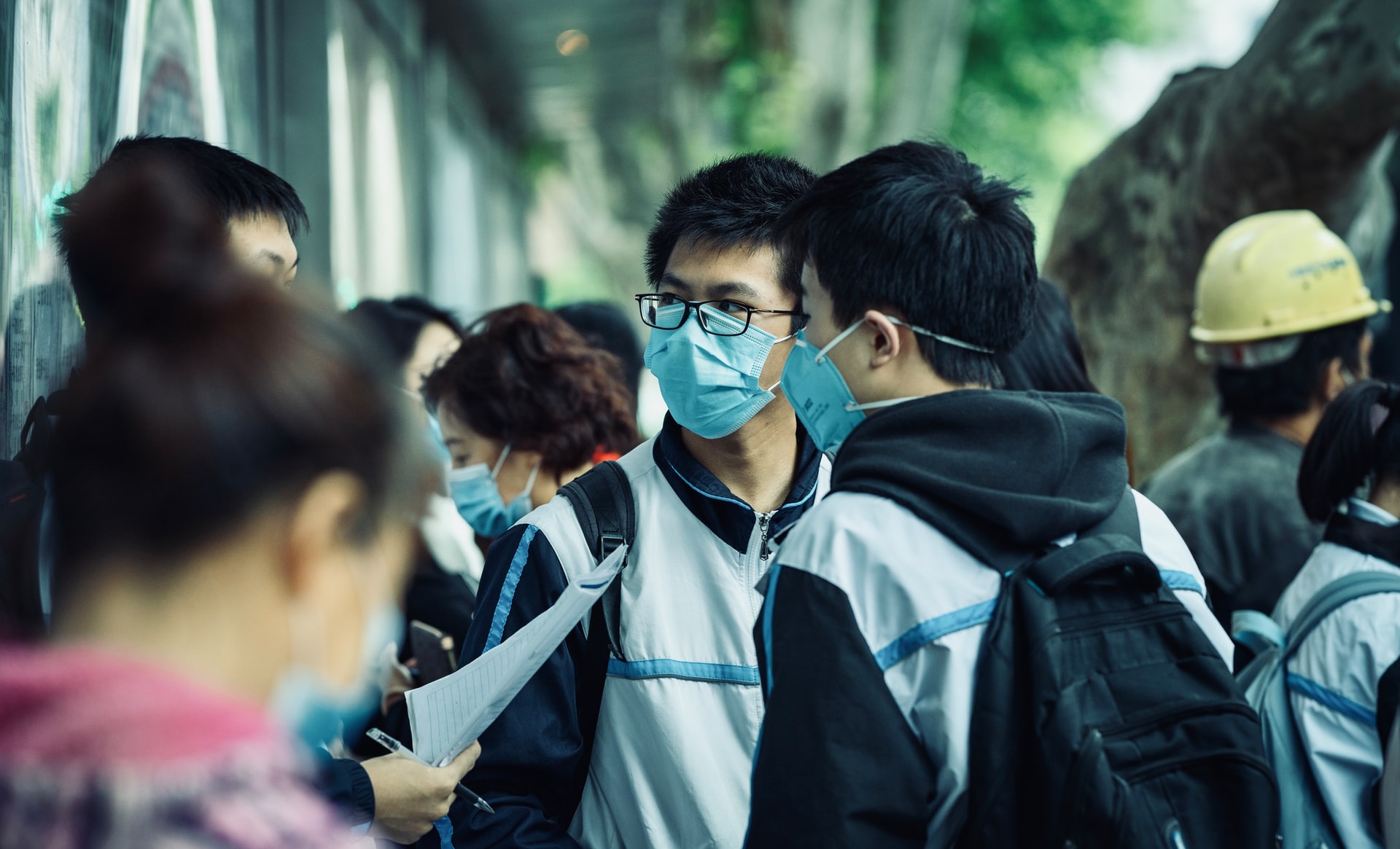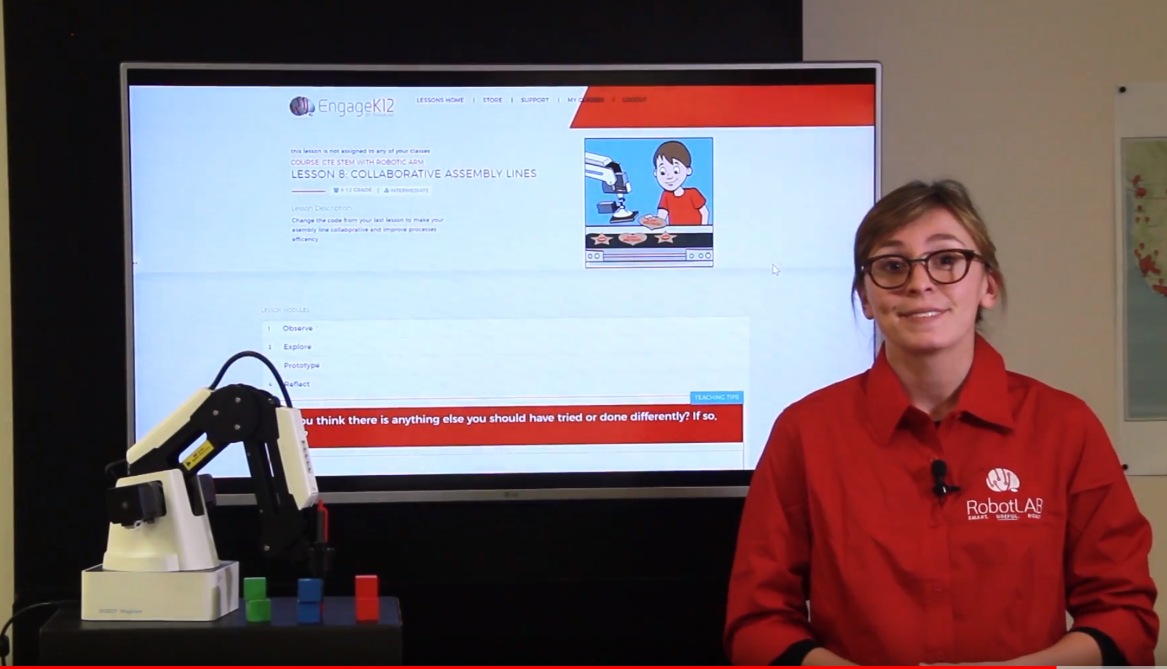By Lauren Groff
Of course, COVID-19 has had an impact on the world like no other event, and everything has changed, from the way we go to work and school, the way we act around each other, and the way we learn. But how has COVID-19 affected STEM learning specifically? What changes have been made and what direction are we heading in now we’re starting to see signs of a post-COVID world?
In today’s article, we’re going to explore everything you need to know.
Where is STEM Now?
Let’s cut right into it. Where is STEM now? What’s going on?
The biggest impact so far thanks to COVID is the closure of schools around the world. This has affected institutions at every academic level, which has posed problems to the learning process. Of course, this refers to kids having to attend virtual lessons, and a huge disruption to the resources students have access to.
At a PHD level, students have had to either stay away from their labs to follow lockdown measures or have only been allowed limited time (perhaps operating on a rolling-shift pattern to comply with social distancing rules), which means a lot less time actually getting work done.
At lower levels of education, the same logic applies as students don’t have access to resources they once did. This has led to a massive increase in the time spent accessing online and digital resources.
Now, this is a problem.
There are statistics that show in the US, nearly 11 million young people missed engagement in the STEM and OST programs as of December 2020, and this is learning time that will need to be caught up with somewhere down the line.
The Future of STEM
Perhaps the most interesting part of COVID and STEM is the fact that STEM has proven to be one of the most resistant and flexible industries in the world, and while experiencing some ‘teething’ problems, the industry has massively grown over this time.
“This is because projects like working on a vaccine for the COVID pandemic, creating PPE and healthcare equipment that gets the job done, creating hospitals, testing equipment, and working on technologies to assist in pretty much every aspect of everyday life. this includes everything from the healthcare and education sectors to transportation, logistics, and even retail and public services,” explains Ben McDonald, an education expert at Revieweal and Academized.
Some people agree that STEM is thriving due to COVID-19, and these technologies will exist long after COVID has been and gone, meaning the benefits of these situations can be a positive thing. Sure, there are gaps in the learning process and vacancies that need to be filled, but it’s clear that this is something educational systems and governments are working on.
For example, in the UK, there have been an introduction of a new grading system called ‘T Levels’, which is a post-GCSE qualification aimed at STEM research.
There’s absolutely no doubt that STEM will play a huge part in developing the world of the future, but it’s promising that while this is considered an industry that is still trying to get off the ground, even in negative times, the industry is one that can still hold its own and grow.
However, while exciting and prosperous, there is still the underlying issue that people are not filling up the slots needed, especially girls. STEM is still a massively a male-dominated sector, and this is a problem.
“Without diversity within the STEM industry, this means ideas can be limited, and there’s less vacancies being filled because only males want them. The idea here is to change the ideas that girls have surrounding computer tech and engineering. Over the course of COVID, it’s become clear that girls have a highly valid input, especially when it comes to STEM in the healthcare sector,” shares Mary Turner, a writer at BoomEssays and Australianreviewer.
This includes providing equipment and care solutions, or even working on more advanced technologies, like prosthetics. All in all, COVID has evolved STEM in a way that you couldn’t have predicted two years ago, and it will be very interesting to see where it goes next.
Discover more STEM learning with RobotLAB!
Author bio
Lauren Groff is an education writer at Top Custom Writing Services and Via Writing. She writes about STEM and current affairs. Also, she is a proof-reader at Best essay writing services.




